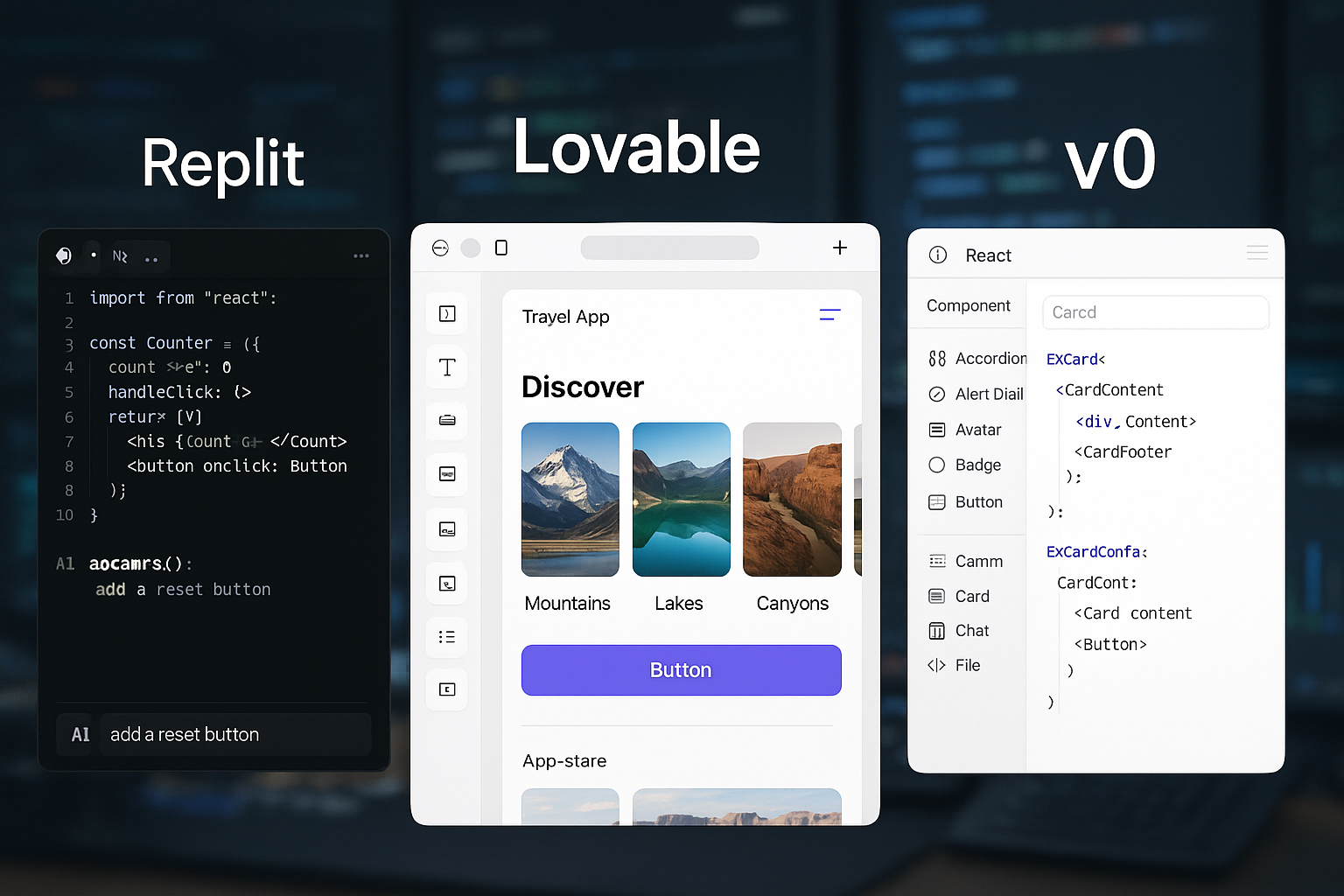Service that suites your needs
Our custom software development process revolves around an AI-centric approach, enhancing user experiences and delivering highly efficient solutions through advanced artificial intelligence technologies.
.png?width=292&height=132&name=Image%20(3).png)
Our custom software development process revolves around an AI-centric approach, enhancing user experiences and delivering highly efficient solutions through advanced artificial intelligence technologies.
.png?width=292&height=132&name=Image%20(3).png)
At Phyniks, we combine AI and creativity to drive innovation. Our tailored solutions yield extraordinary results. Explore our knowledge base for the latest insights, use cases, and case studies. Each resource is designed to fuel your imagination and empower your journey towards technological brilliance.
.png?width=284&height=129&name=Image%20(4).png)
At Phyniks, we combine AI and creativity to drive innovation. Our tailored solutions yield extraordinary results. Explore our knowledge base for the latest insights, use cases, and case studies. Each resource is designed to fuel your imagination and empower your journey towards technological brilliance.
.png?width=284&height=129&name=Image%20(4).png)

If you’re in product or engineering today, you’ve probably noticed the shift: the AI App Builder space has gone from niche to unavoidable almost overnight. Tools like Lovable, Replit, and v0 aren’t just new dev toys, they’re redefining how teams ship prototypes, validate ideas, and launch MVPs.
In 2022, spinning up an interactive app in a week still meant long nights, tight budgets, and endless back-and-forth between design and dev. Now, with the right AI prototyping tool, you can go from idea to working demo before your lunch break is cold. That speed is why the Lovable vs Replit vs v0 debate is heating up among founders and product leads.
And the market isn’t slowing down:
For PMs and technical founders, AI builders are becoming what AWS was for infra in the 2010s, a force multiplier that quietly shifts competitive timelines.
This isn’t a high-level “what is AI?” explainer. If you’re here, you’re already knee-deep in product roadmaps and have zero patience for fluff.
This guide is for:
Now let’s look at Lovable vs Replit vs v0 through different lenses.
The most significant new AI capability for PMs in the last 12 months hasn’t been smarter chatbots or image models, it’s been AI prototyping.
Instead of spending weeks wireframing and manually stitching together front-end logic, AI builders take your inputs (a design file, a set of prompts, or an API spec) and output functional code you can deploy.
The impact is obvious:
This is why the Replit vs v0 and Lovable vs v0 conversations aren’t just “which UI do you like better?”, they’re strategic decisions about speed, cost, and long-term maintainability.
AI prototyping is the practice of using AI-powered platforms to generate working software from high-level inputs, without manually writing every line of code. An AI App Builder in this context can take natural language prompts, UI mockups, or even existing code snippets and produce deployable applications.
Purpose: Visual fidelity, motion, interaction, and responsiveness.
Purpose: Enable smooth handoff to developers, avoid throwaway work.
Purpose: Align with stakeholders, validate ideas, and iterate fast.
Purpose: Generate functional products that ship (especially MVPs).
Now let’s see what these individual tools are about.
Lovable is a UI-first AI App Builder that puts design at the center of the prototyping process. If you've ever felt like your Figma files are stuck in presentation purgatory, Lovable turns them into working prototypes with real app logic, automatically. It’s less about coding from scratch and more about accelerating from high-fidelity designs to functional UI flows.
This tool is especially useful for PMs, designers, and hybrid product teams who want to ship faster without waiting on full engineering sprints.
Design-first teams building proof-of-concepts, marketing tools, or front-end MVPs. In the Lovable vs v0 debate, Lovable wins if visual fidelity and design velocity matter more than code modularity.
Replit is a full-fledged cloud IDE powered by Ghostwriter, its AI pair programmer. While the UI is minimal compared to Lovable or v0, Replit is the most developer-centric of the three. It’s not just an AI App Builder, it’s a place to write, run, and deploy code, all in the browser.
Replit's real strength lies in building from scratch, especially if you're prototyping AI tools or logic-heavy apps where UI is secondary.
Technical founders and developers building full-stack MVPs or AI agents. In the Replit vs Lovable debate, Replit wins on backend power and developer flexibility.
v0 is Vercel’s take on an AI App Builder, a prompt-to-UI tool that generates production-ready React components. It’s designed for developers who want clean, editable code that slots perfectly into modern frontend stacks. Built on top of Vercel and Next.js, v0 is less about building full apps and more about accelerating component and page generation.
In the v0 vs Replit and Lovable vs Replit vs v0 matchups, v0 stands out for design-aware devs who value speed without sacrificing code quality.
Frontend engineers who want to skip boilerplate and go straight to building. If you value code quality and work in a modern JS stack, v0 is hard to beat.
Choosing between Lovable, Replit, and v0 isn’t just a UI preference, it’s a fundamental decision about how your team prototypes, ships, and scales AI-driven apps. Each platform has a different philosophy around control, code ownership, and speed.
Below is a detailed feature-by-feature breakdown to help founders, PMs, and engineering leaders understand what’s really under the hood. This table goes beyond surface-level traits and dives into backend support, AI integration depth, and real-world usability for technical product teams.
| Feature | Lovable | Replit | v0 by Vercel |
|---|---|---|---|
| Frameworks & Frontend Tech | Abstracted from the user; works on internal no-code/low-code framework. Outputs HTML/CSS with limited control. | Supports full coding in multiple languages (Python, JS, etc.), ideal for full-stack apps. | Built entirely on Next.js + Tailwind CSS. Clean, editable, developer-grade frontend code. |
| Backend & Database Support | No backend or database support. Frontend-only with optional placeholder logic. | Full backend environment with DB integrations (Replit DB, PostgreSQL, Supabase, REST APIs). Can run full-stack apps from within the browser. | No built-in backend. Requires external APIs or separate backend infra (e.g., Vercel serverless or custom API endpoints). |
| AI Capabilities | AI understands layout and UX intent from Figma. Generates app flow, screens, and basic interactivity using prompt logic. | Ghostwriter AI assists in writing, debugging, and explaining code. Also includes AI chat for pair programming. | AI transforms plain-English prompts into editable React components. Focused on UI generation, not business logic. |
| Design-to-Code Flow | Deep Figma integration. Converts designs directly into live screens. AI applies logic on top of visual elements. | No native design import. Entirely code-based development. Manual setup if importing visual assets. | No design import support. Prompts act as the design interface. Best for devs who work in code, not Figma. |
| Integrations & Extensibility | Early-stage. Limited plugin system and extensibility. API integrations must be manually configured (if at all). | Fully extensible. Supports package managers (npm, pip), custom APIs, and 3rd-party services. Can build production-level stacks. | Currently limited to Vercel ecosystem. APIs must be connected manually. Plugin support is growing but immature. |
| Developer Friendliness | Low. Targeted at non-devs or design-first workflows. Code output is hard to maintain or extend. | High. Built for devs who want full control over every layer—front to back. | Medium. Great if your team loves React, but lacks backend tools. Devs may need to stitch in additional infra. |
| Learning Curve | Very low. Non-technical users can create interactive UIs quickly. | High. Requires dev knowledge to use effectively. AI helps, but not no-code. | Moderate. Easy to start with prompts, but assumes familiarity with modern frontend frameworks. |
| Best Use Case | UI/UX-led prototyping, marketing concepts, user flow validation before coding. | Building full-stack apps, internal tools, or AI agents from scratch. Ideal for technical founders. | Creating clean, responsive UIs for production apps or design systems. Developer-first React scaffolding. |
Choosing between Lovable, Replit, and v0 comes down to what you’re building and who’s building it. Each of these AI app builders excels in specific workflows, from low-code UI mockups to full-stack engineering prototypes.
Here’s a quick breakdown of ideal use cases across all three platforms:
| Use Case | Lovable | Replit | v0 by Vercel |
|---|---|---|---|
| Figma to AI Prototype | Best choice, deep Figma integration, ideal for non-dev teams | Not applicable | Supported but lovable is better |
| B2B AI Dashboard | Limited logic support, good for UI mockups only | Can handle backend logic, DB connections | Great UI, but needs external backend |
| Developer-First SaaS MVP | Code output is hard to scale | Full control, ideal for building SaaS logic | Frontend-only, pairs well with APIs |
| AI-Powered Internal Tool | UI-only, lacks logic-level control | AI + backend in one environment | No backend, limited extensibility |
| Marketing Prototype / Landing Page | Fast to iterate, visually polished | Overkill unless logic is required | Strong if deploying via Vercel, excellent code quality |
Here is a graphic to tell you which AI prototyping tool to use when:
We’re at the early stages of what AI-powered development will look like. The speed and accessibility these tools provide is reshaping how teams build, validate, and ship.
If you're exploring AI prototyping seriously, don’t commit too early, experiment with all three platforms and match them to your current project needs. Need help building your AI MVP? We specialize in AI agent workflows, full-stack integrations, and rapid prototyping across Lovable, Replit, and v0. Contact us to get started.

Sign up for Links for Thinks — a weekly roundup of resources like this to help you uplevel your design thinking straight to your inbox
We'd love to hear from you! Whether you have a question about our services, want to discuss a potential project, or just want to say hi, we are always here to have meaningful conversations.